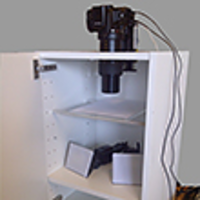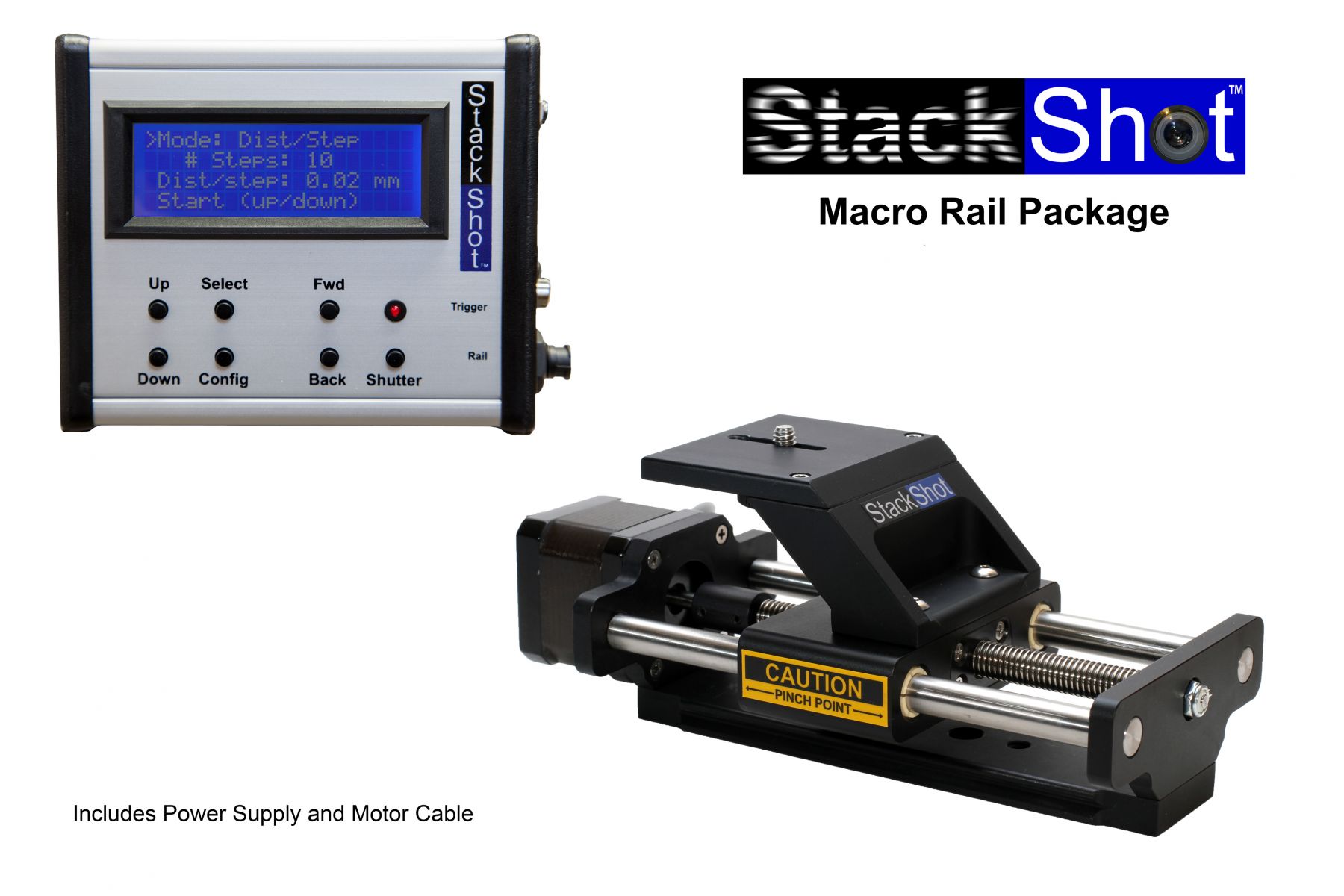
One issue of DMAP is that it can leave some tiny parts of the coin blurry, this typically occurs for me when a particular part of the coin is too dark or lacks contrast and Zerene has trouble telling when it is in focus. Zoom in the final image to either 50% or 100% and look for any spots that are out of focus. Once finished you’ll have an opportunity for “retouching”. For the DMAP option, it will require user input about 2/3 of the way through to acknowledge a contrast setting, just click OK to let it proceed. Upon starting, Zerene will go through each photo one-by-one and build a fully-stacked image on the right side. Both of these options are also discussed in the aforementioned article.

I almost always use the DMAP stacking option as it results in a final image that has less contrast and better colour control than PMAP. It should not matter much if the first few and last few photos in a stack have no parts of the coin in-focus, Zerene should be able to ignore these for the most part. In Zerene I load in all my photos from one side of the coin and Zerene will automatically arrange them in reverse order. The article also shows their camera and lighting setup, an interesting setup style which I had not come across before. If you’re interested in the differences, you can read a good scientific article that compares Zerene and Helicon, as well as other software, here for free.

In terms of which is better, I find both to be good but am more familiar with Zerene.

ZERENE FOCUS STACKER COMPARED TO HELICON FOCUS FREE
There are several options when it comes to focus stacking software, two common ones are Zerene Stacker and Helicon Focus – both of which have free and paid versions. For an average stack that I shoot, this may be 30-50 photos for a denarius and up to 80 or 90 photos for a tetradrachm with high-relief. Now that I have created my focus stack of both the obverse and reverse of a coin, I need to combine the images into one per side.


 0 kommentar(er)
0 kommentar(er)
